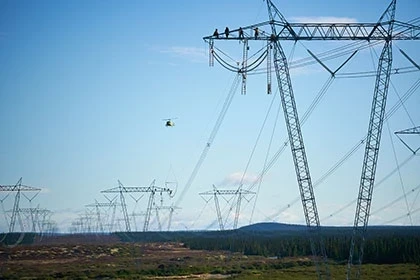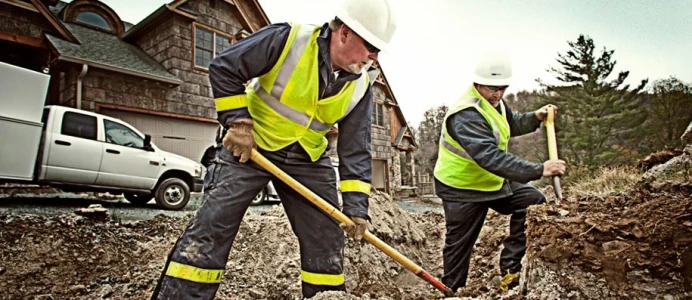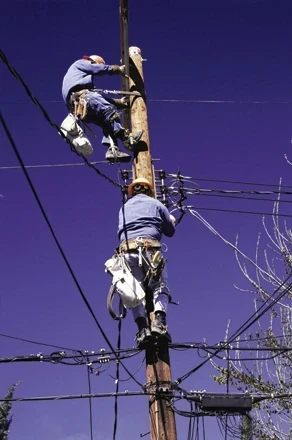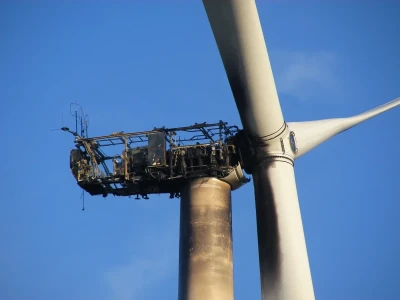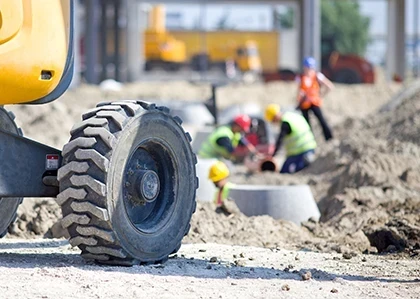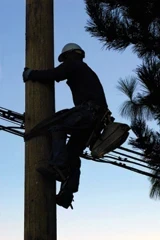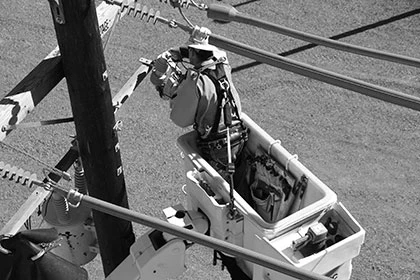Lineman Safety during a Wildfire
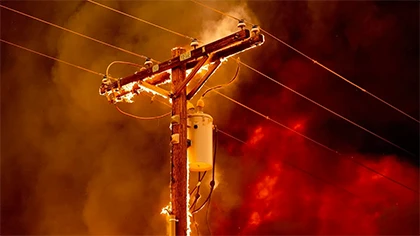
If you wanted to create a recipe for disaster, the beginning of the 2021 wildfire season would be a good place to start. Nearly 90% of the western U.S. is suffering through extreme drought. The snowpack set new low levels there as well. A record-breaking heatwave steamrolled the Pacific Northwest with extreme temperatures hitting 116 °F in Portland. Mix all of this together, and you get a tinderbox ready to explode.
The last decade has been brutal as wildfires have raged across the West, Southwest, and Southern states. According to the National Interagency Fire Center, 2021 is shaping up to follow in its footsteps. And that means linemen and other utility employees will be dispatched to restore power during dangerous events and in extreme environments.
Below we’ve listed a few things linemen should think about to stay safe on the job in areas impacted by a wildfire. We’ve also included a Wildfire Drag Bag packing list in case you’re called away for several days.
What linemen should know to stay safe.
A public utility company operating in an area prone to wildfires should have strategies and procedures in place to keep linemen and crews safe in dangerous situations. Make sure you follow them to a T. Safety can be fleeting. Even when a fire has left the area or been extinguished, it can come roaring back. To help you keep your head in the game, check out the following topics to sharpen your situational awareness.
Beat back the heat
The wildfire season happens to occur during the hottest season in North America, too. So, not only will you face extreme summertime temperatures, but you’ll also have to contend with the heat from the fire. While you might not be in the thick of it, an average surface fire, according to the University of Utah, can reach 1,472° F or more.
To get a leg up on the heat, you first need to acclimate. Some crews drive to a site with the AC off so the heat isn’t a shock when they step out of the truck. And of course, water is of utmost importance. Per OSHA, linemen working in extreme heat should drink a liter of water over one hour, which is about one cup every fifteen minutes. You’ll also need to rest, ideally in the shade, consistently and keep an eye on your crew to protect against heatstroke.
Where there’s smoke, there’s carbon monoxide.
Most people love the smell of a campfire, but a wildfire takes the idea of smoke to a whole other level. Wildfire smoke contains several chemical compounds, but the most dangerous is carbon monoxide, a colorless, odorless, tasteless gas that can injure or kill. CO poisoning can occur when a person is exposed to elevated levels, which means linemen in the midst of a wildfire need to watch out for these symptoms: dull headache, dizziness, confusion, blurred vision, shortness of breath, and nausea or vomiting.
PPE, including respirators, is essential. So is limiting a lineman’s time in the field when near a wildfire. According to the University of Utah, areas even a few hundred yards downwind of the fire where there are high particulate smoke levels typically don’t have high levels of carbon monoxide.
Read full article in the ELECTRIC UTILITY OPERATIONS Special Edition 2022



